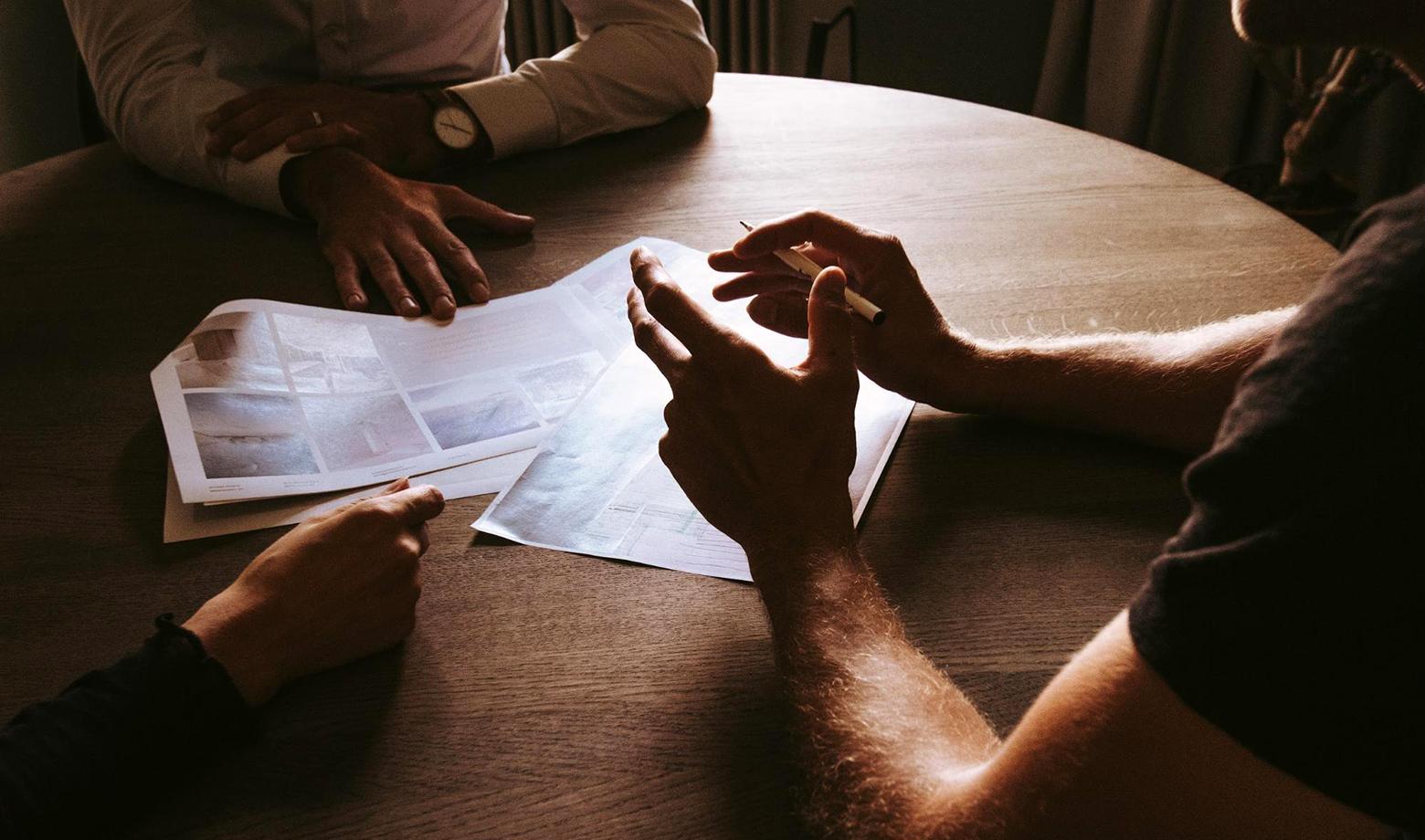Value is an attribute that defines how much something is worth. People tend to make decisions by assessing value, such as “Should I buy that product?” or, “Should I subscribe to that service?” As they are considering the business value of design, business leaders may ask: “Should I hire a designer?” Value is not something a designer can simply assign themselves and have a potential client automatically recognize it. However, designers can focus on the business value of design and master the art of presenting themselves as value-driven professionals. Rather than focusing on embellishing their portfolio or increasing their rate, in order to boost bookings and be paid more, designers should concentrate on becoming more valuable to clients. Since businesses are primarily looking for results, i.e., value delivered, designers who can demonstrate they’re able to deliver value will stand out from the crowd. But electing to concentrate on increasing their value is a strategy that may prove to be challenging for many designers. It calls for a different set of skills from core design skills and requires a different approach that centers on enhancing soft skills and focusing on the client’s bottom line.
What do businesses and brands value the most?
There is a common misconception among designers that they only need to aim for great visuals and cool-looking designs, and everything else will follow. Though aesthetics matter, it’s not the most critical factor when it comes to a business evaluating what type of designer to hire. Companies find it more valuable when a design provides their customers a solution to a problem—increasing conversions, eliminating pain-points, and reducing friction. In other words, clients value a designer’s problem-solving skills more than their ability to deliver pretty-looking designs alone. To be more successful, a shift in mindset is required—designers need to position themselves as problem-solvers, not “artists.” The value designers can deliver is directly proportional to how valuable they are perceived. A skilled designer can design a cool-looking landing page, but not everybody can solve a pressing customer problem that a company has been grappling with for a while. There is a well-known saying that may help illustrate this concept: “Show, don’t tell.” Anton Chekhov said: “Don’t tell me the moon is shining; show me the glint of light on broken glass.” Showing how a business problem was solved and walking through previous design case studies with a client—highlighting value delivered with key results—goes a long way in establishing trust and credibility. Expert designers diagnose business problems first rather than jumping straight into dispensing design advice. Value-driven designers understand the client’s problems before they suggest a solution. How can a solution be offered if the problem has not been understood? How can trust be built while there is a lack of empathy with the client? There is a powerful technique designers can employ to show empathy, build rapport, and understand the root of a company’s problem: asking great questions. Clients will feel that the designer is aiming to get to the bottom of the problem from a business perspective and will therefore regard the designer as a valuable ally. As a designer, asking questions and making sure everyone understands they come from genuine curiosity and a desire to explore the problem at hand more deeply will help designers come up with the most optimal design solutions.
A consistent design process produces consistent results
In the First Industrial Revolution, steam-engine-powered machinery was introduced, helping many businesses produce twice as much in a fraction of the time it took previously. The reason why industrial machinery became so reliable was consistency. Companies realized that by using industrial machines to produce goods, they could achieve consistent results faster. In the design field, the only way clients can reliably predict if the results provided will be effective is by looking at a designer’s process. When designers implement a previously tested process, it helps give clients clarity and confidence in the designer’s ability to deliver consistent results, because a consistent process produces a reliable outcome. In the long run, that type of client confidence often translates into trusting the designer with more work. Sharing a specific design process with clients can break down barriers and instill trust. Walking clients through a tried-and-true process they can understand will make them feel that a similar process will add value to their company. Demonstrating a bulletproof design process may be time-consuming, but if done right, it’s an investment that will bring significant returns. Since clients want to dig deeper and understand how solutions were arrived at beyond a beautiful mockup, investing time in demonstrating a consistent process is a way for a designer to increase their perceived value.
Communicating the business value of design
When it comes to communicating value-driven design to clients, it can be challenging to articulate it and convey it clearly. Developing a well-thought-out communication strategy will increase the chances of being able to deliver a convincing presentation. However, the right kind of value needs to be communicated. Not everything outlined by a designer may be perceived as valuable, and may not excite the listener. Being selective about what to impart can serve the designer better and make a more significant impact. An effective strategy to communicate value is to listen to the client’s pain-points first, ask questions, and then suggest a path of discovery to arrive at workable solutions. Tuning into what will make the most significant impact on the pain-points mentioned by the client will increase trust and convey the value of the design delivered by the designer. Competition is fierce among designers looking to be selected as the winning candidate for a project. Clients will always have many options, and the only thing that can set a designer apart from hundreds of others is the value they can deliver. When jockeying for a lucrative job, mastering the art of communicating the value a designer will bring to a project can increase the chances of them landing that job.
How to increase the business value of design
Businesses are primarily looking for outcomes and expect a recognizable return on investment. Value-based design is an expansion of the design process that also considers specific business needs. The winning combination for successful designers is to possess not only excellent design skills but also to be able to put their “business-oriented thinking” cap on and figure out where design can deliver value. Understanding the business, diagnosing customer problems before giving advice, having a consistent design process, and strategically communicating how the value of design contributes to a company’s bottom line can increase the perceived value of designers. Combining this set of skills may take some time, but it’s well worth the investment. The Toptal Design Blog is a hub for advanced design studies by professional designers in the Toptal network on all facets of digital design, ranging from detailed design tutorials to in-depth coverage of new design trends, tools, and techniques.You can read the original piece written by Andres Esquivel here. Follow the Toptal Design Blog on Twitter, Dribbble, Behance, LinkedIn, Facebook, and Instagram.




